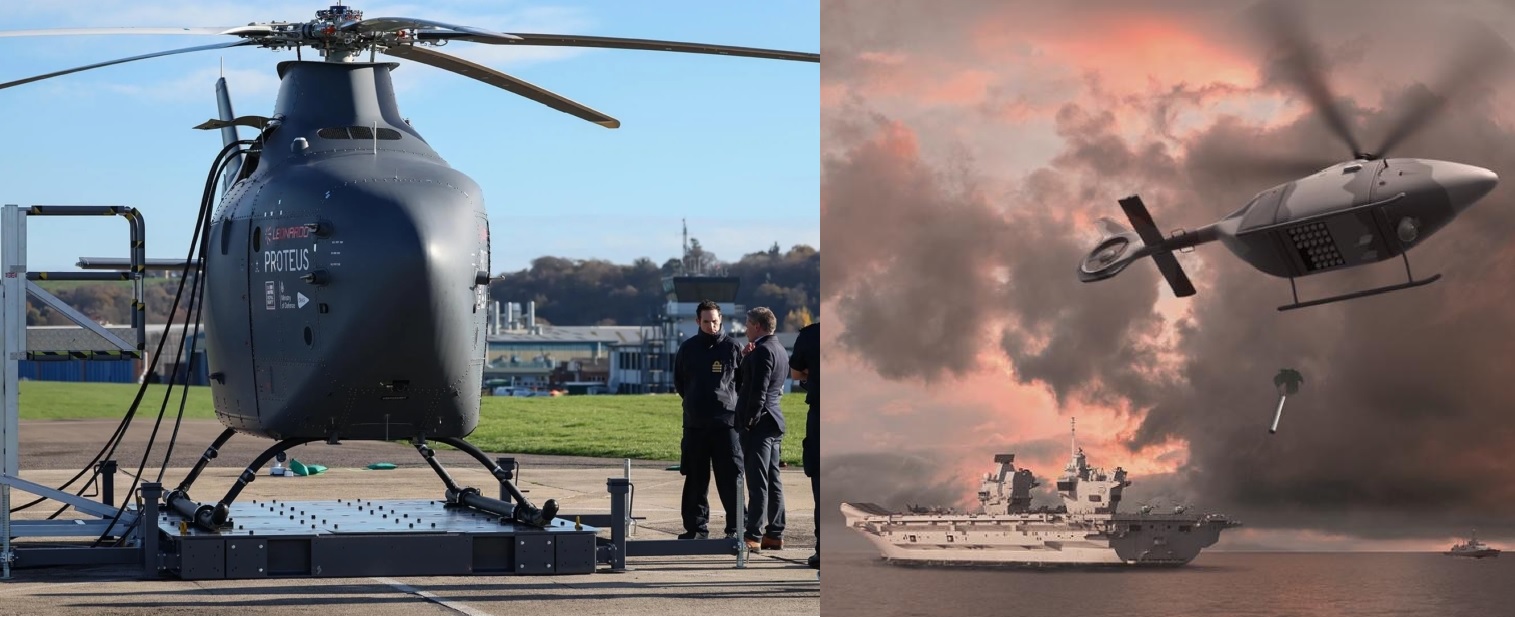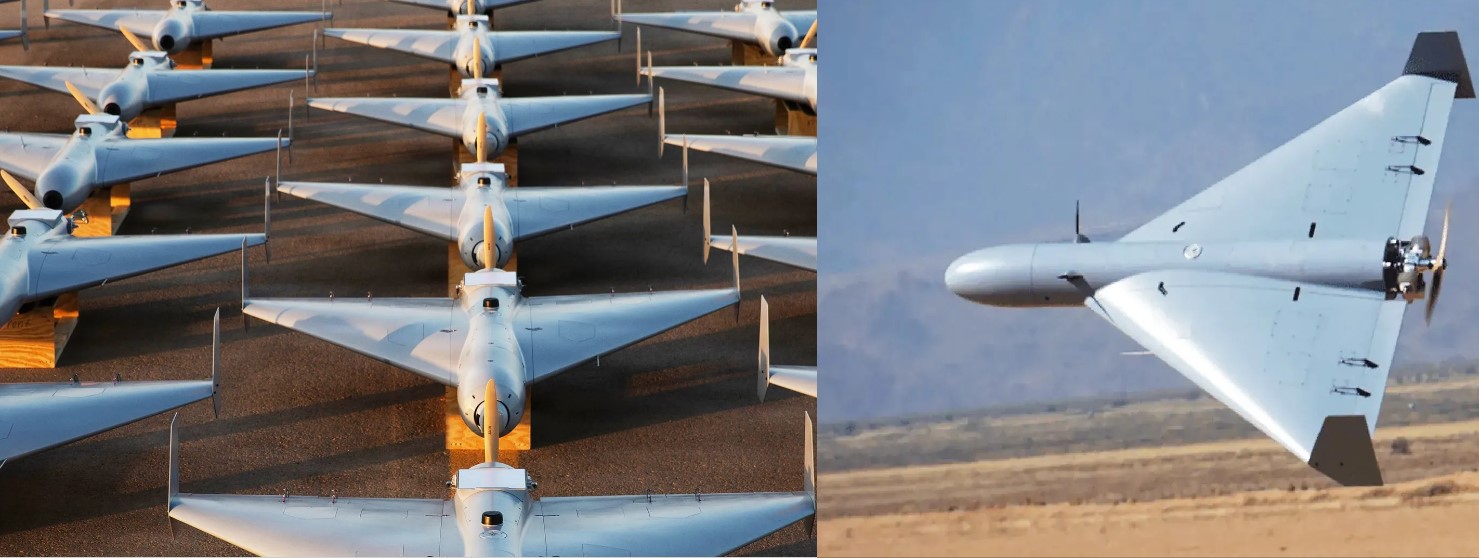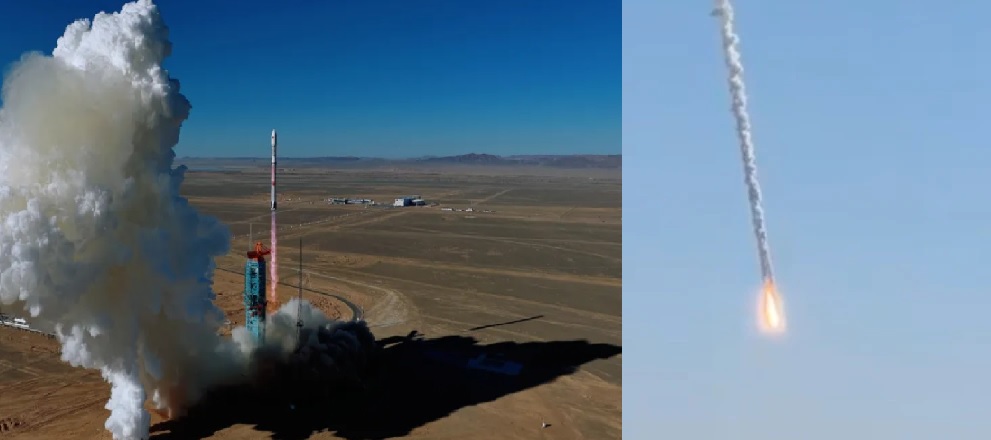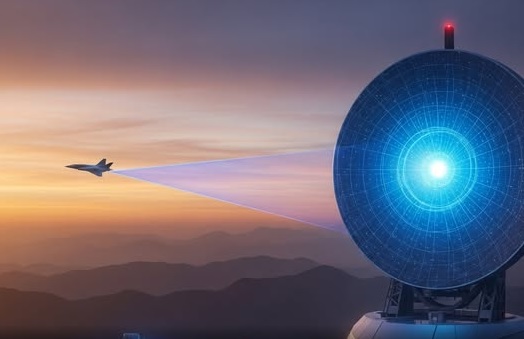Royal Canadian Navy to Equip Halifax-Class Frigates with Advanced Uncrewed Aircraft Systems

In a major move to modernize its fleet, the Royal Canadian Navy (RCN) is set to introduce new Uncrewed Aircraft Systems (UAS) for its Halifax-class frigates, marking a significant leap in Canada's naval surveillance and reconnaissance capabilities.
The Government of Canada has awarded two contracts to MDA Space, a leading Canadian aerospace company, to deliver and support these systems. The first contract, worth around $39 million, covers the initial purchase of two state-of-the-art UAS. A second in-service support contract, valued at $27 million, will ensure the long-term maintenance and operation of the drones over a five-year period, with potential extensions up to 20 years.
This initiative falls under the Intelligence, Surveillance, Target Acquisition and Reconnaissance Uncrewed Aircraft Systems (ISTAR-UAS) project—the first time the Royal Canadian Navy will operate and support a Class-2 UAS. The technology is being developed to work seamlessly with the Halifax-class frigates, even while a maritime helicopter is already on board.
According to defence officials, these new UAS will be shipborne vertical take-off and landing (VTOL) Remotely Piloted Aircraft Systems (RPAS). That means they’ll be able to launch and recover from ships in day or night conditions, even in rough weather—a vital feature for global naval operations.
Each drone will be fitted with a sophisticated sensor suite, including:
-
Electro-Optical/Infrared (EO/IR) cameras
-
Maritime radar
-
Automatic Identification System (AIS) for ship tracking
-
An IFF (Identification Friend or Foe) transponder
They are designed to operate at least 50 nautical miles from the ship, offering a long surveillance range to spot threats early and respond faster.
With initial operational capability planned by 2028 and full capability by 2032, these drones will dramatically improve Canada’s ability to conduct maritime surveillance, threat detection, and intelligence gathering—both in domestic waters and on international missions.
Officials say the impact of these contracts goes beyond just defence. The deal is expected to contribute around $18 million per year to Canada’s GDP and support 145 jobs annually over two decades. This aligns with Canada's strategy to strengthen its domestic defence and aerospace sectors while meeting evolving global security challenges.
Vice-Admiral Angus Topshee, Commander of the RCN, highlighted that these advanced systems will boost operational readiness and reinforce innovation, giving the Navy more tools to secure Canada’s maritime interests. Meanwhile, senior government leaders emphasized the importance of equipping sailors with modern capabilities while ensuring economic benefits for Canadians.
Though the exact drone model selected remains undisclosed for now, experts believe the system will represent a major technological upgrade, bringing the RCN in line with other modern navies that rely on drone-based intelligence and reconnaissance.
This investment signals a clear message: as global threats evolve, Canada is investing in smarter, more flexible maritime defence tools—preparing its Navy for the demands of modern warfare, and securing its place in the future of naval operations.
✍️ This article is written by the team of The Defense News.






